I had some issues getting some of the switch cases to work. Even when there was no rotation to be done, the AffineTransform would create a new image with black space in the image and would chop off some of the dimensions. Piggy backing off of the accepted answer here, I used the metadata-extractor class to determine what the orientation should be. Then I used the Imgscalr library for scaling and rotation.
The complete solution that worked for me can be seen below. Thank you Tapas Bose for the original solution. I hope that this helps anyone!
BufferedImage originalImage = Utils.prepareBufferedImage(fileUpload.getFile_data(), fileUpload.getFile_type());
BufferedImage scaledImg = Scalr.resize(originalImage, 200);
// ---- Begin orientation handling ----
Metadata metadata = ImageMetadataReader.readMetadata(fileUpload.getFile_data());
ExifIFD0Directory exifIFD0Directory = metadata.getFirstDirectoryOfType(ExifIFD0Directory.class);
int orientation = Integer.parseInt(id);
try {
orientation = exifIFD0Directory.getInt(ExifIFD0Directory.TAG_ORIENTATION);
} catch (Exception ex) {
logger.debug("No EXIF information found for image: " + fileUpload.getFile_name());
}
switch (orientation) {
case 1:
break;
case 2: // Flip X
scaledImg = Scalr.rotate(scaledImg, Rotation.FLIP_HORZ);
break;
case 3: // PI rotation
scaledImg = Scalr.rotate(scaledImg, Rotation.CW_180);
break;
case 4: // Flip Y
scaledImg = Scalr.rotate(scaledImg, Rotation.FLIP_VERT);
break;
case 5: // - PI/2 and Flip X
scaledImg = Scalr.rotate(scaledImg, Rotation.CW_90);
scaledImg = Scalr.rotate(scaledImg, Rotation.FLIP_HORZ);
break;
case 6: // -PI/2 and -width
scaledImg = Scalr.rotate(scaledImg, Rotation.CW_90);
break;
case 7: // PI/2 and Flip
scaledImg = Scalr.rotate(scaledImg, Rotation.CW_90);
scaledImg = Scalr.rotate(scaledImg, Rotation.FLIP_VERT);
break;
case 8: // PI / 2
scaledImg = Scalr.rotate(scaledImg, Rotation.CW_270);
break;
default:
break;
}
// ---- End orientation handling ----
if(fileUpload.getFile_type().toLowerCase().contains("jpeg")){
ImageIO.write(scaledImg, "jpeg", fileUpload.getFile_data());
user.setProfile_picture_ext("jpg");
}
else{
Sanselan.writeImage(scaledImg, fileUpload.getFile_data(), ImageFormat.IMAGE_FORMAT_PNG, null);
user.setProfile_picture_ext("png");
}
